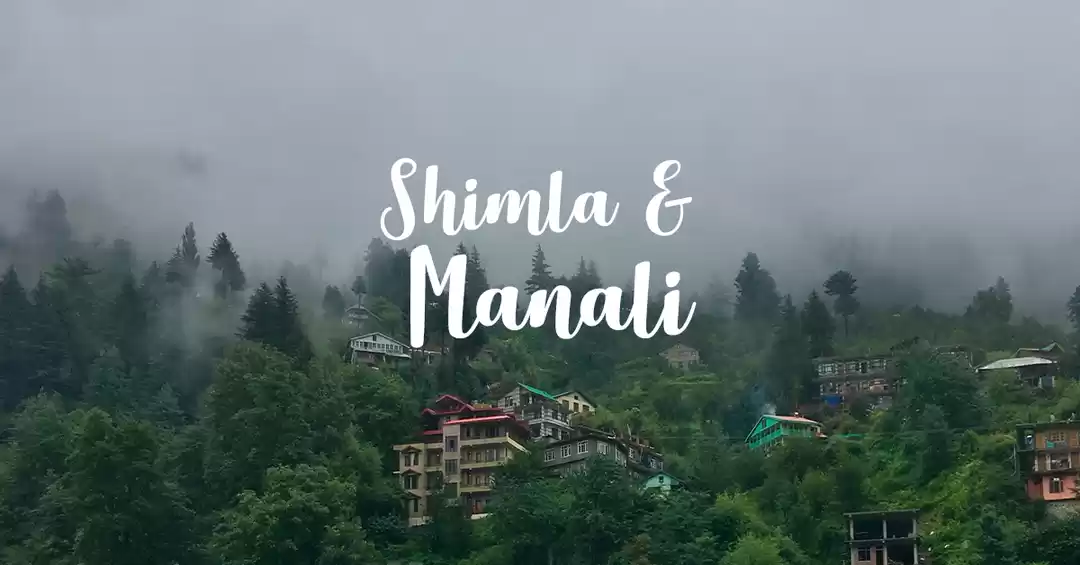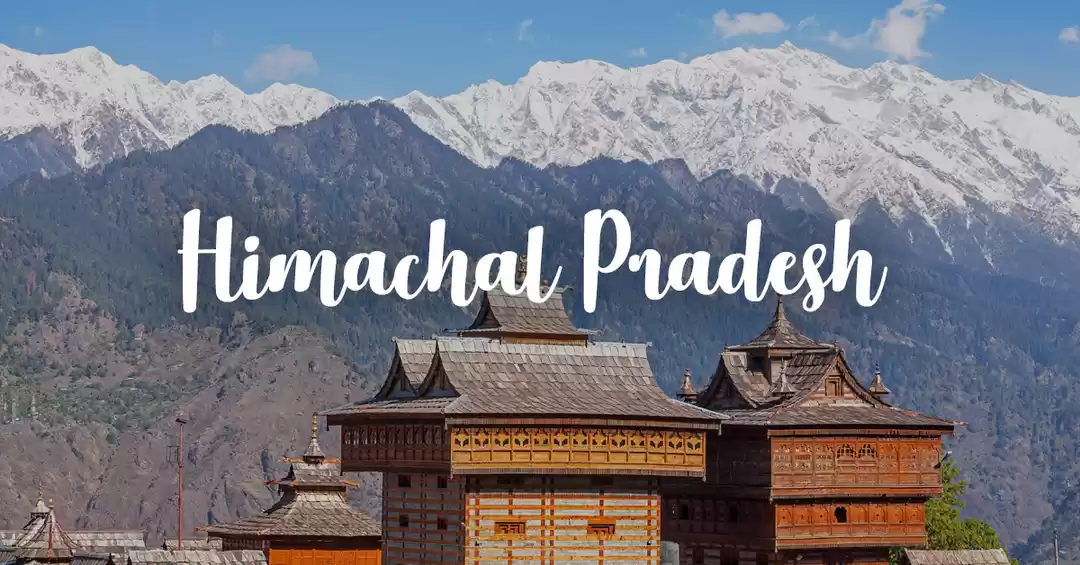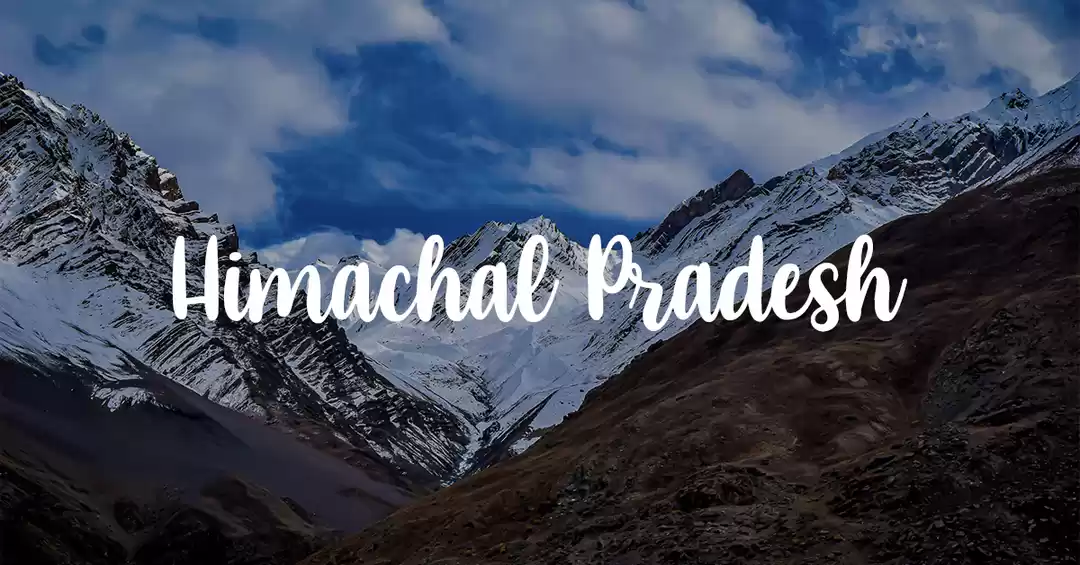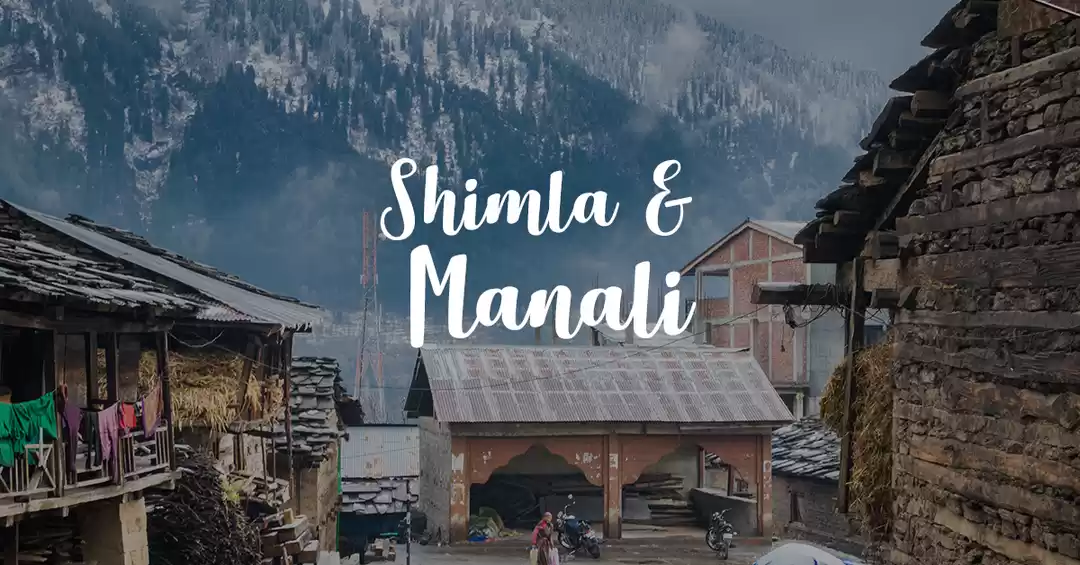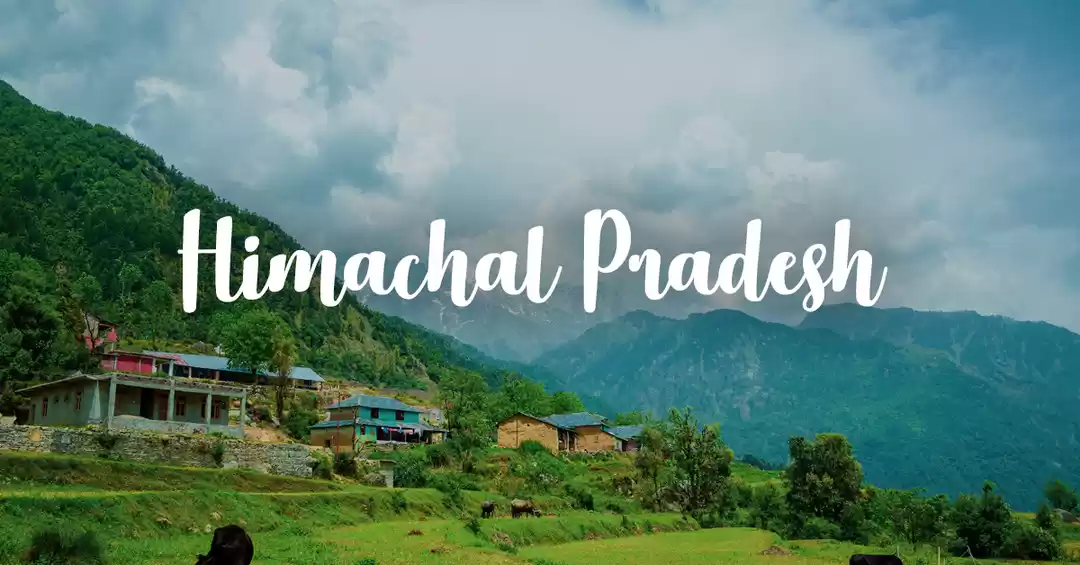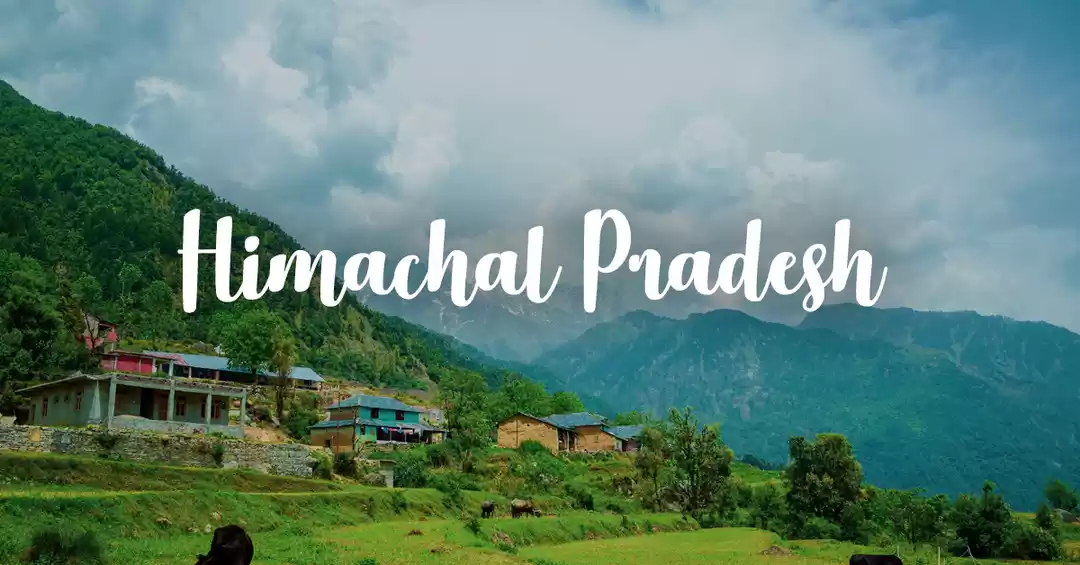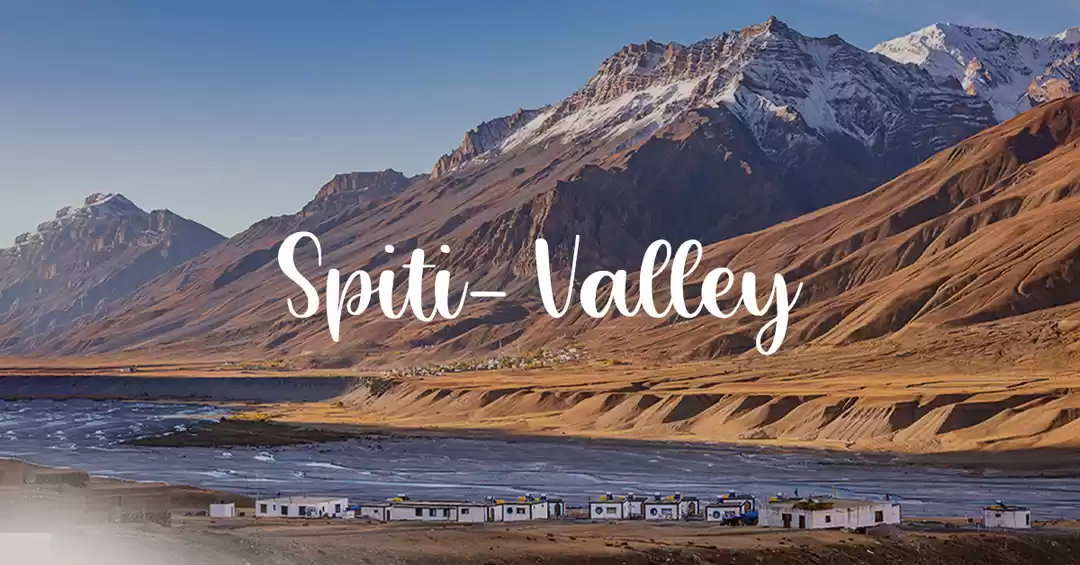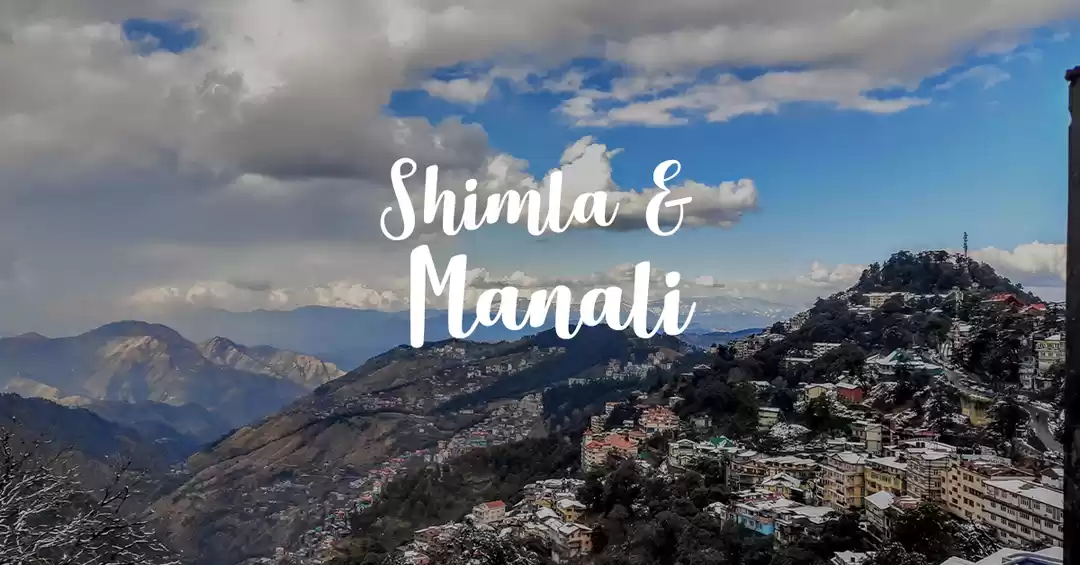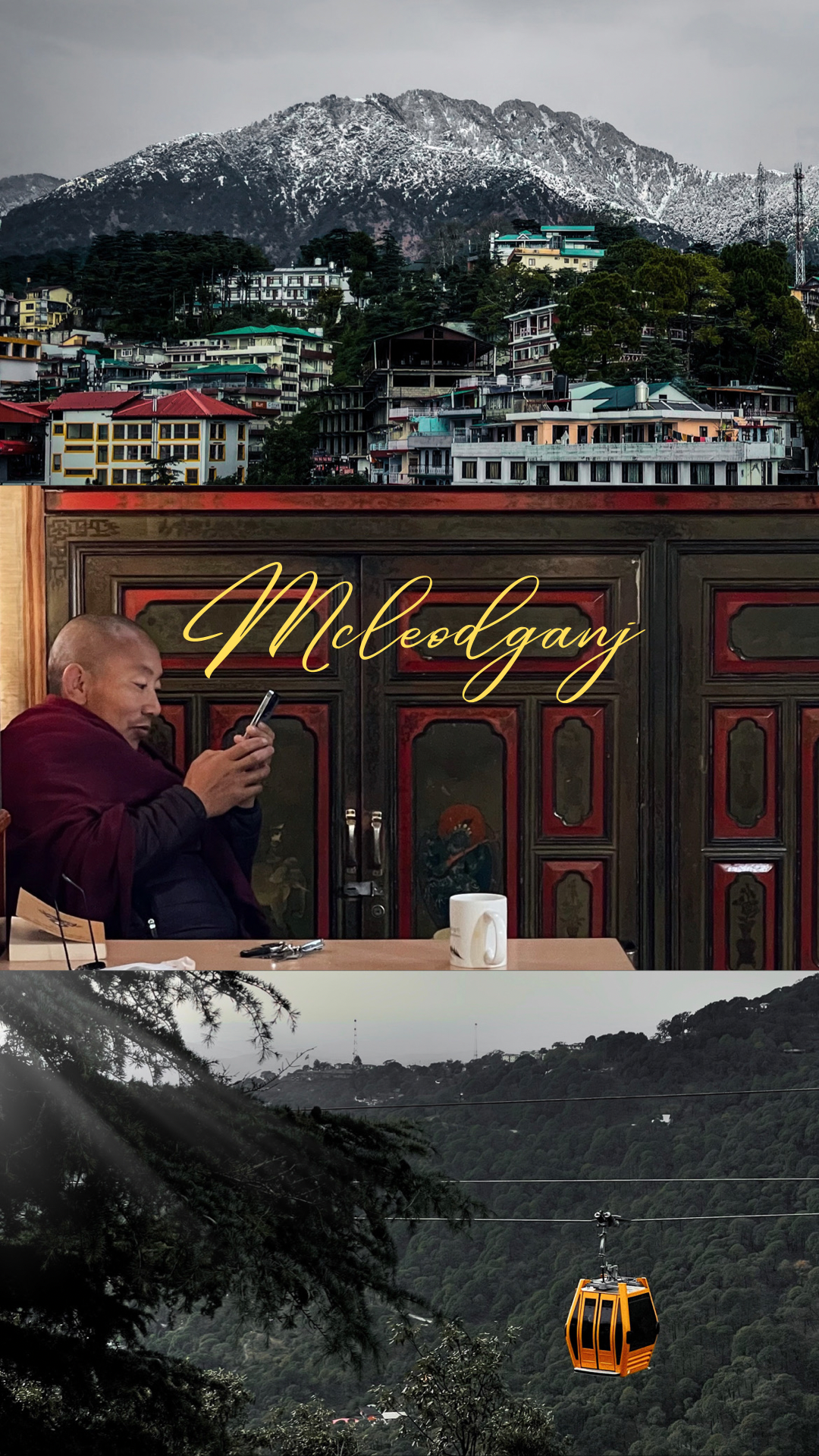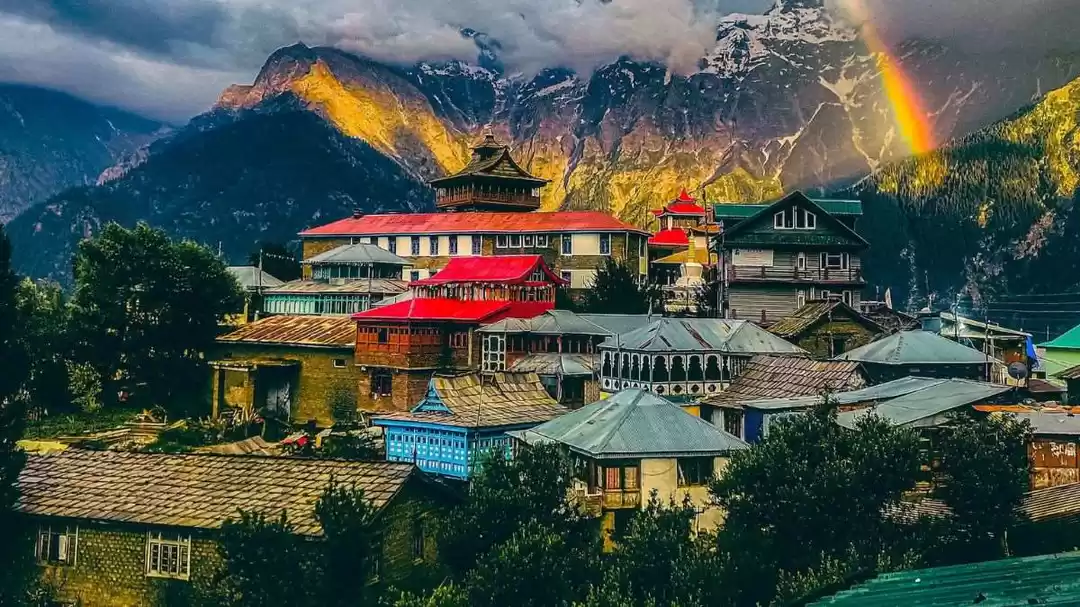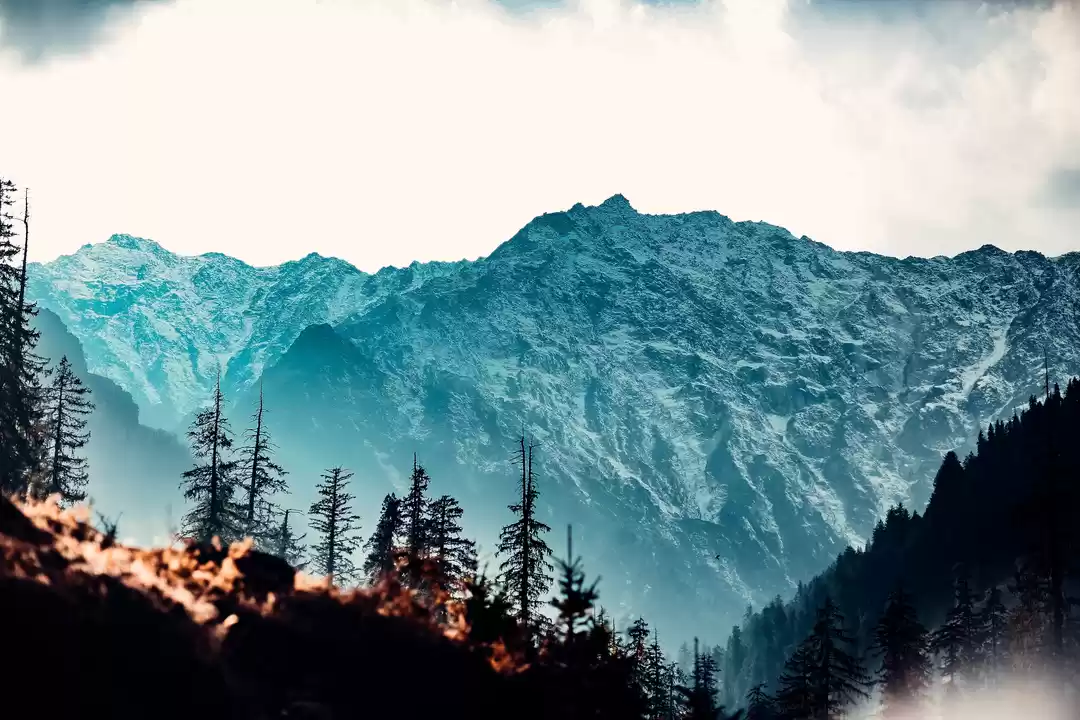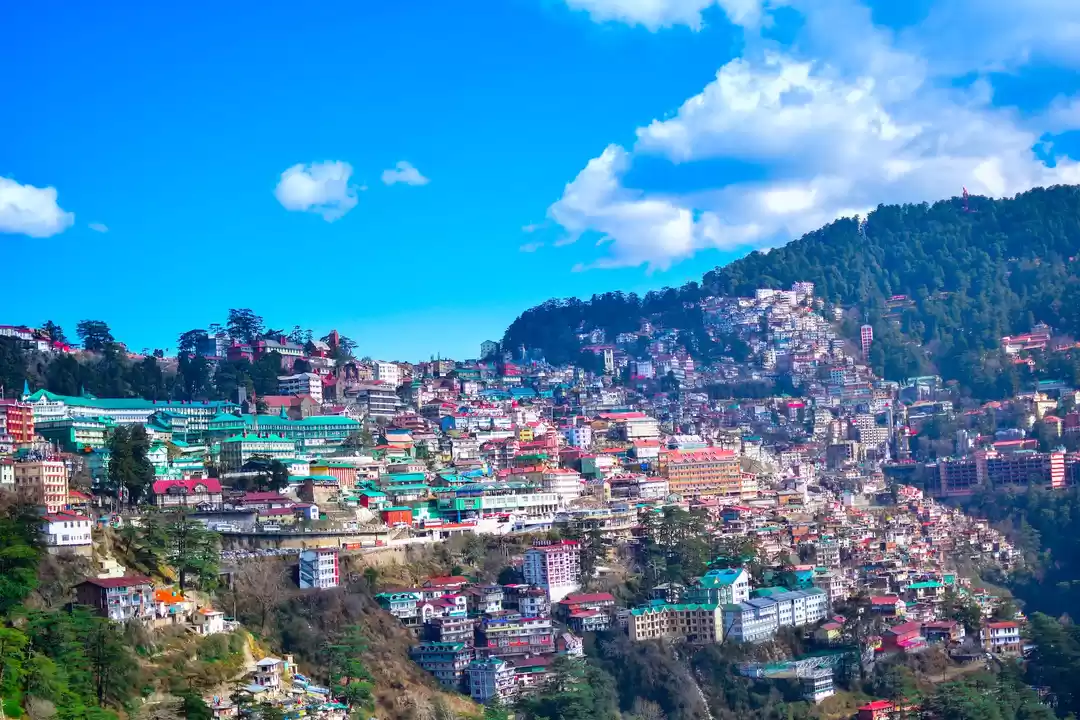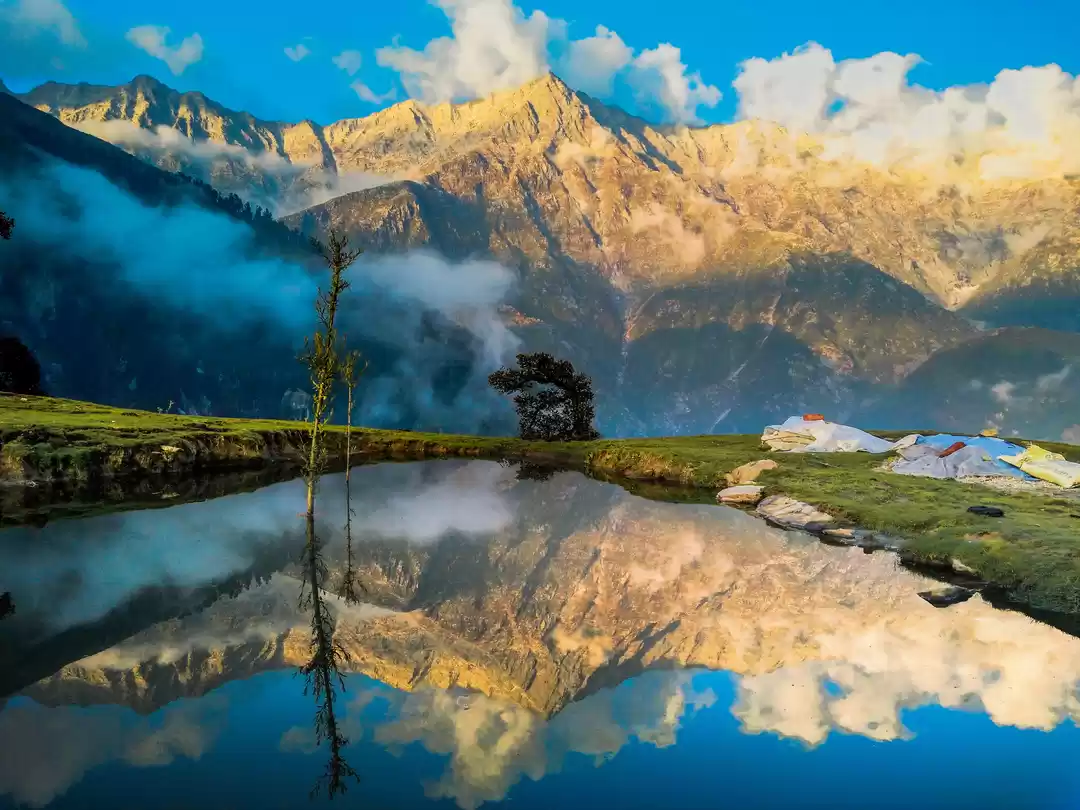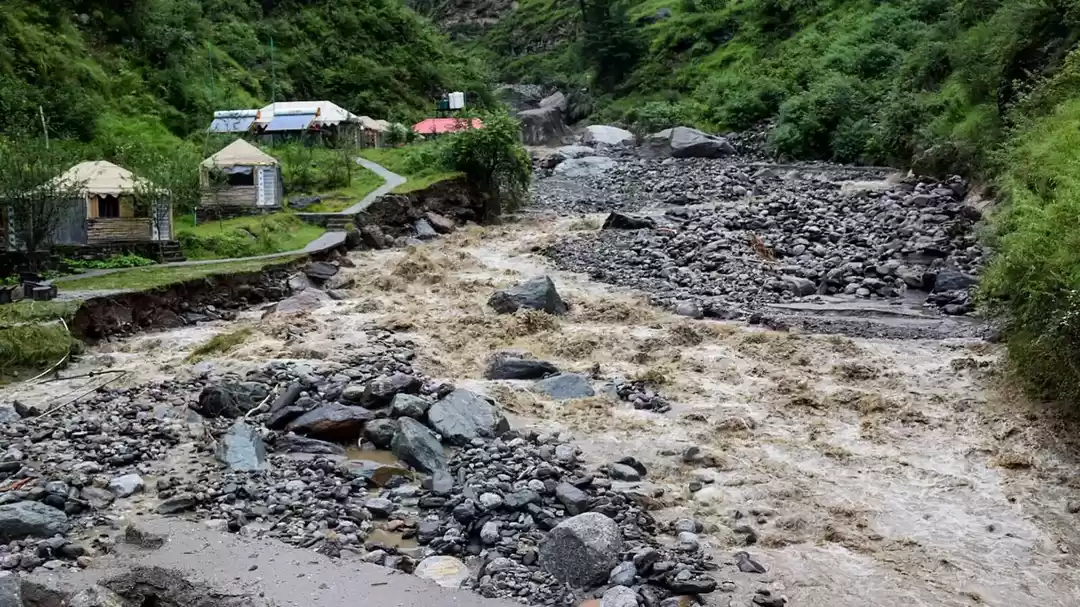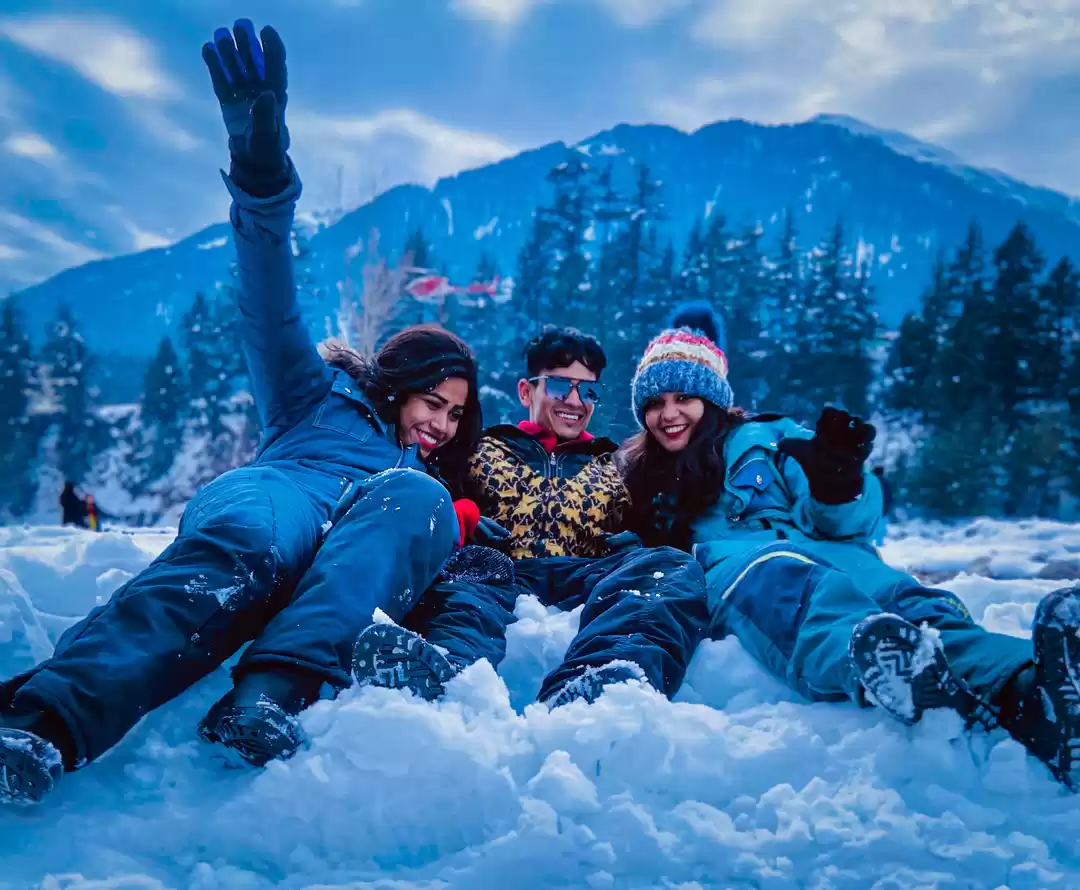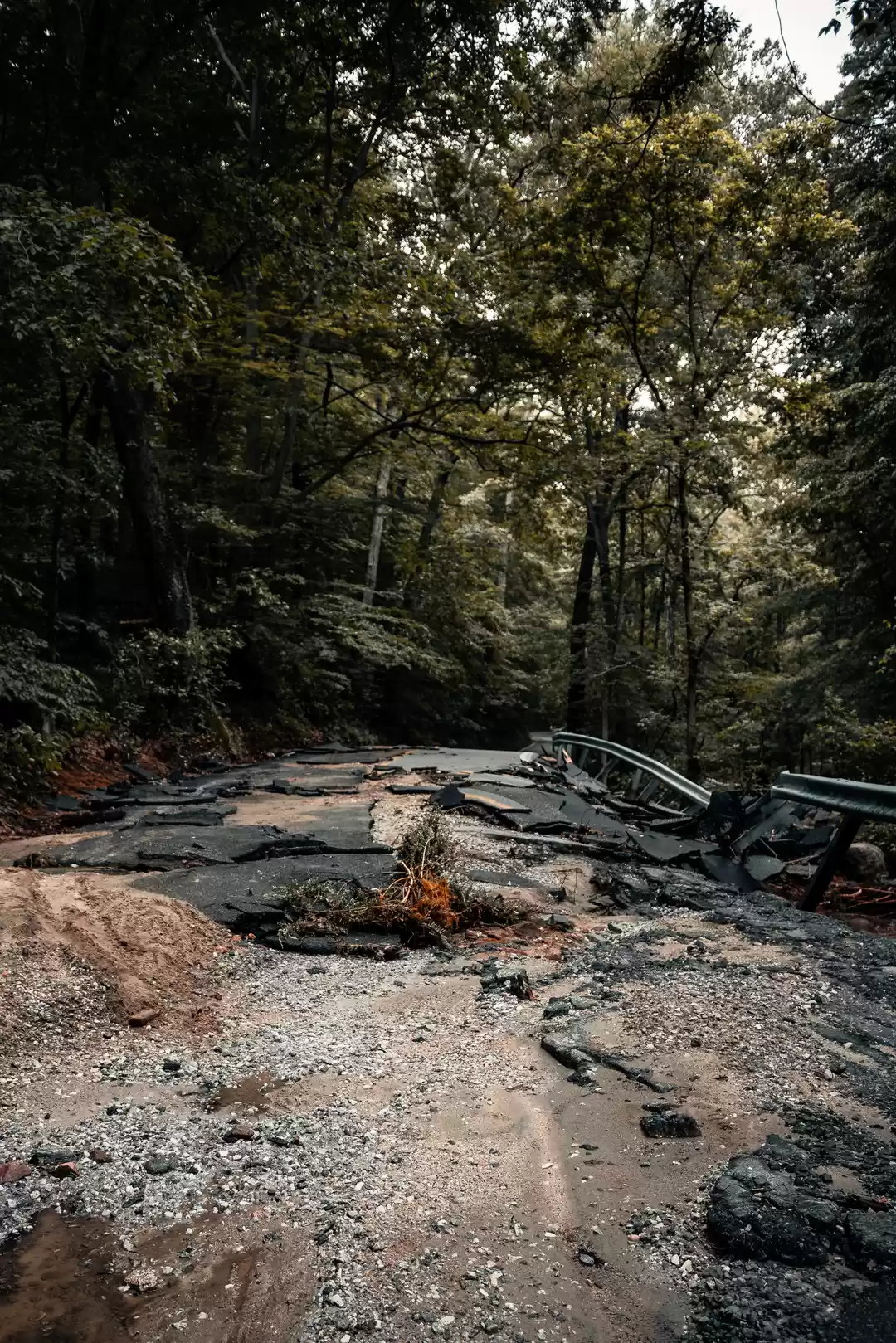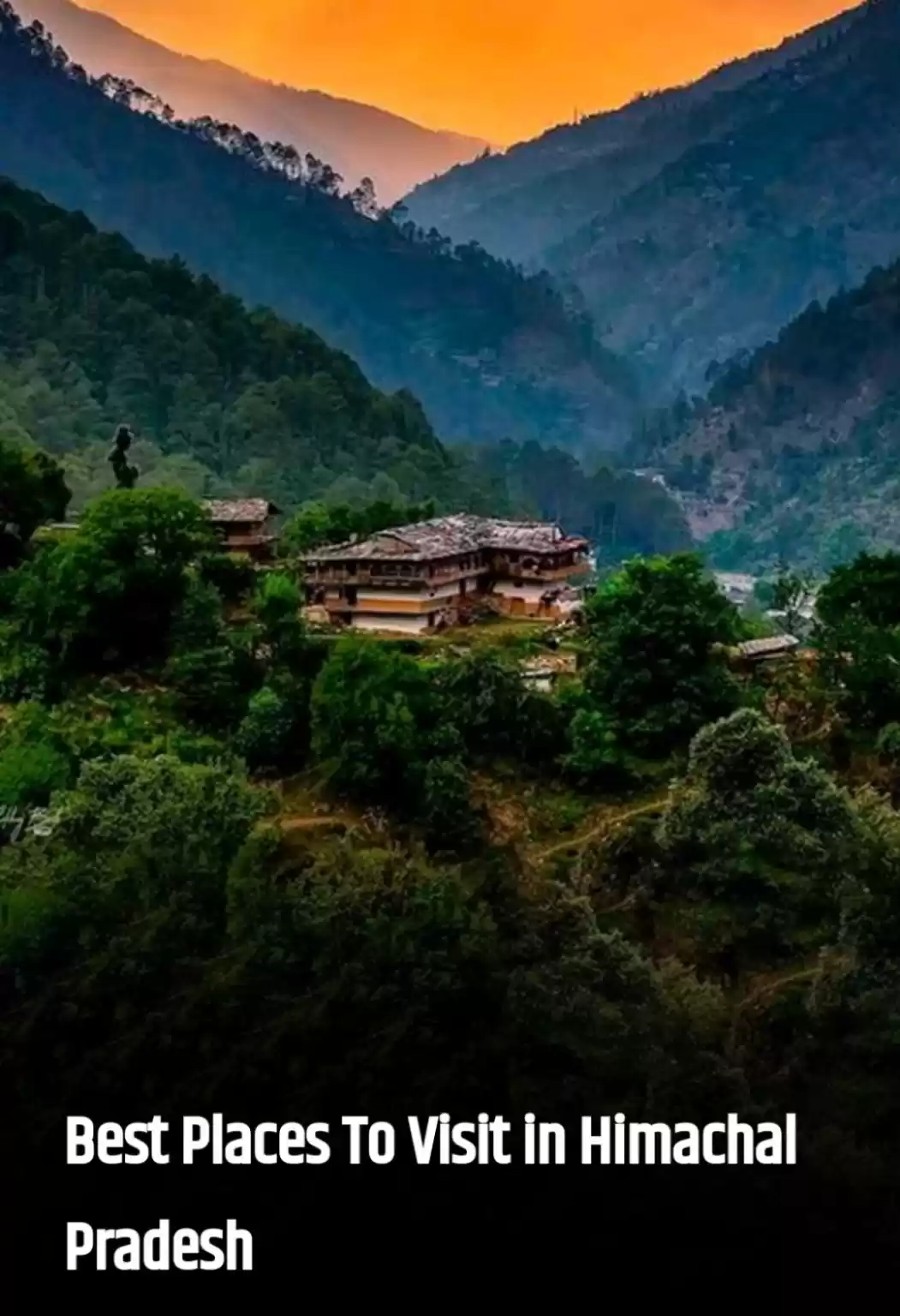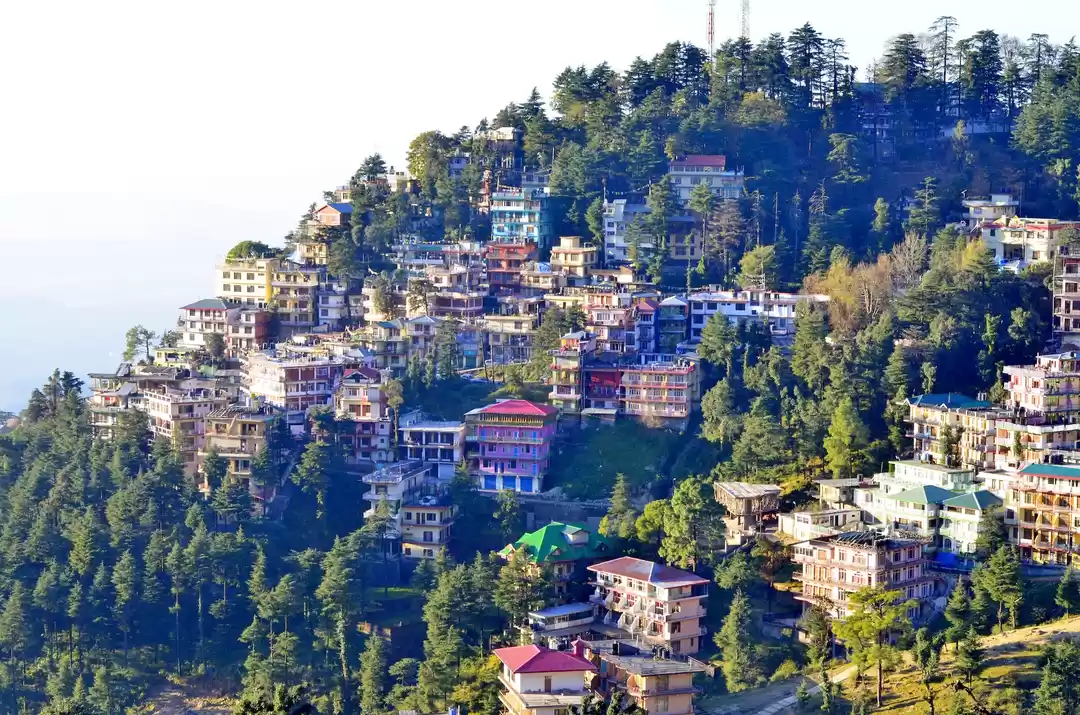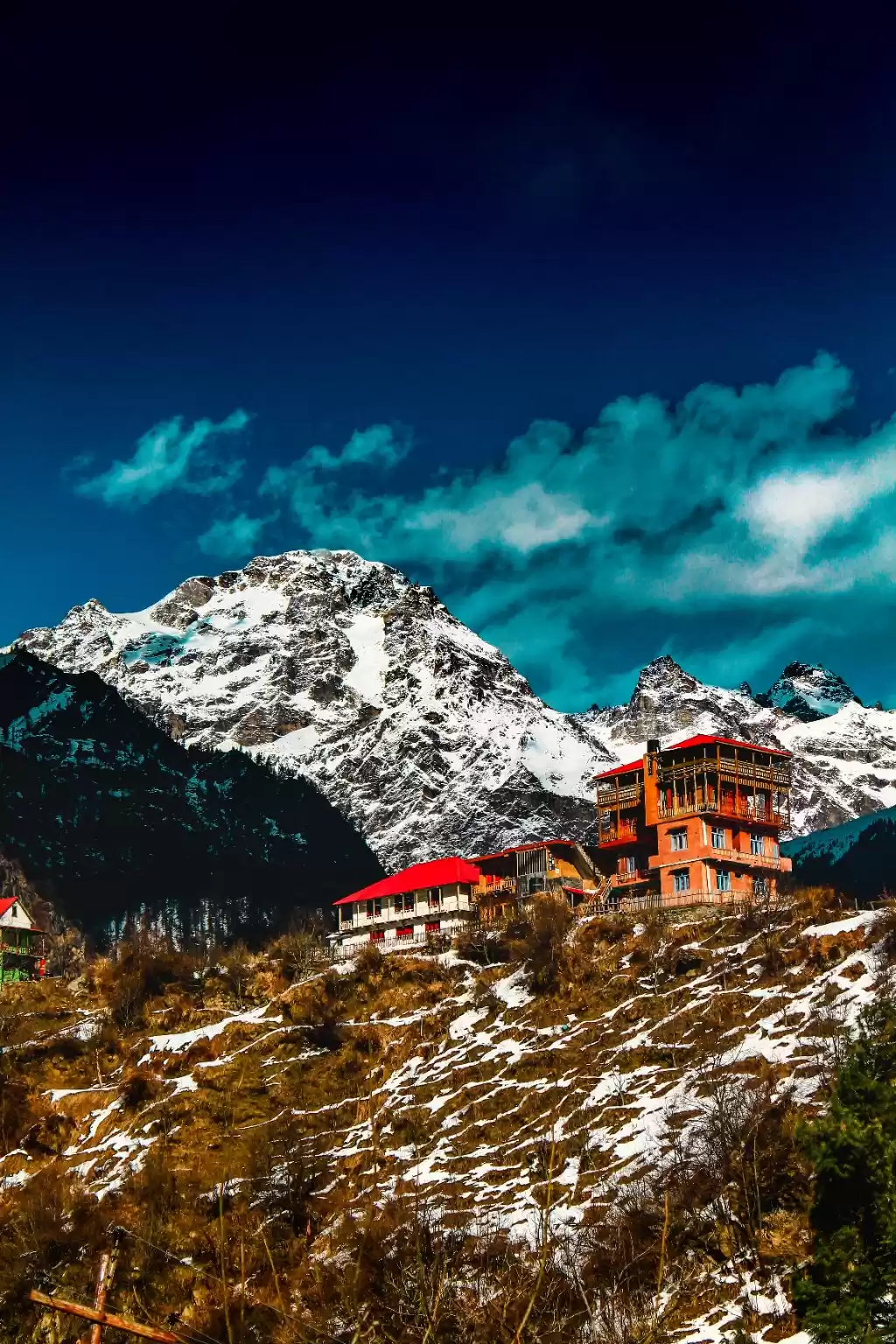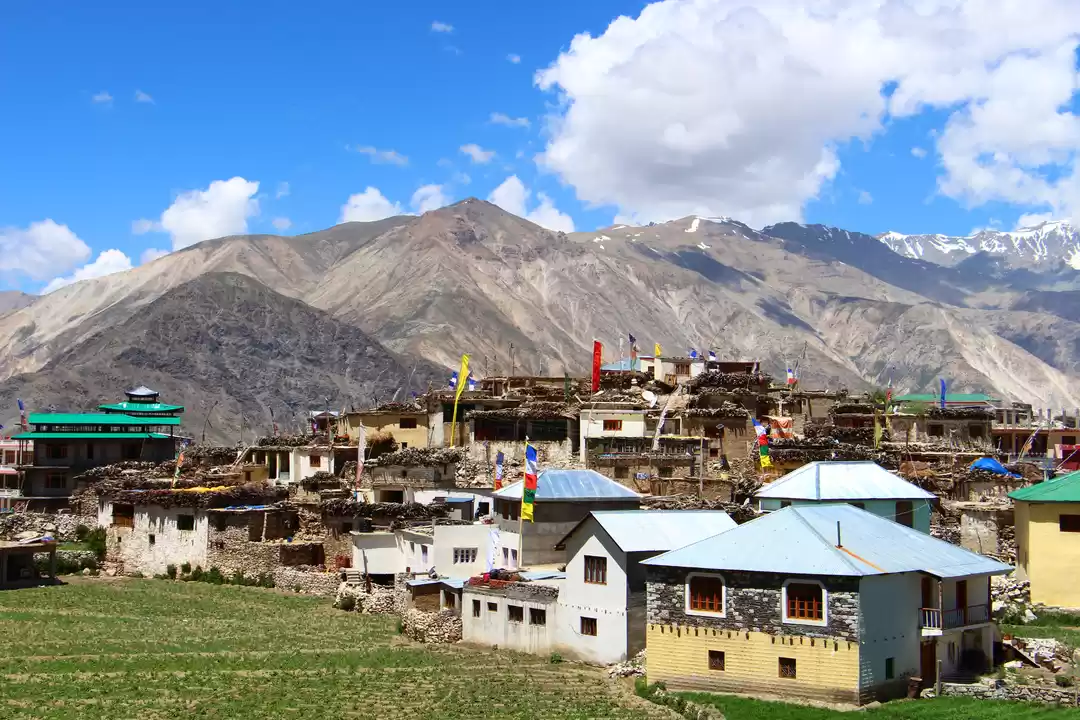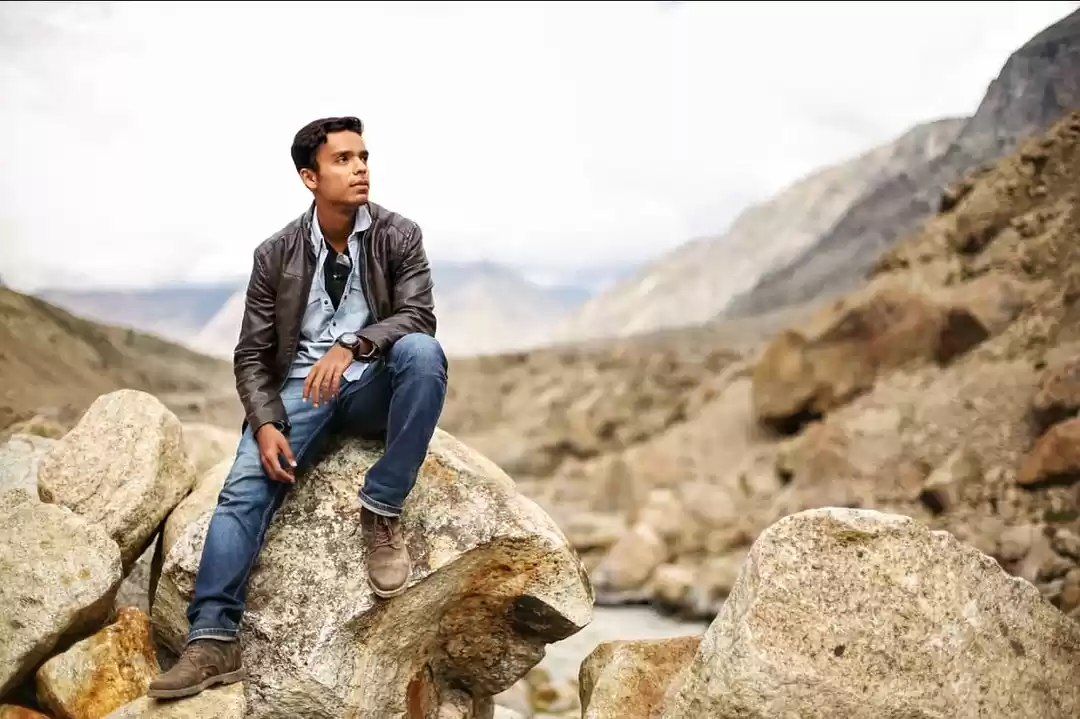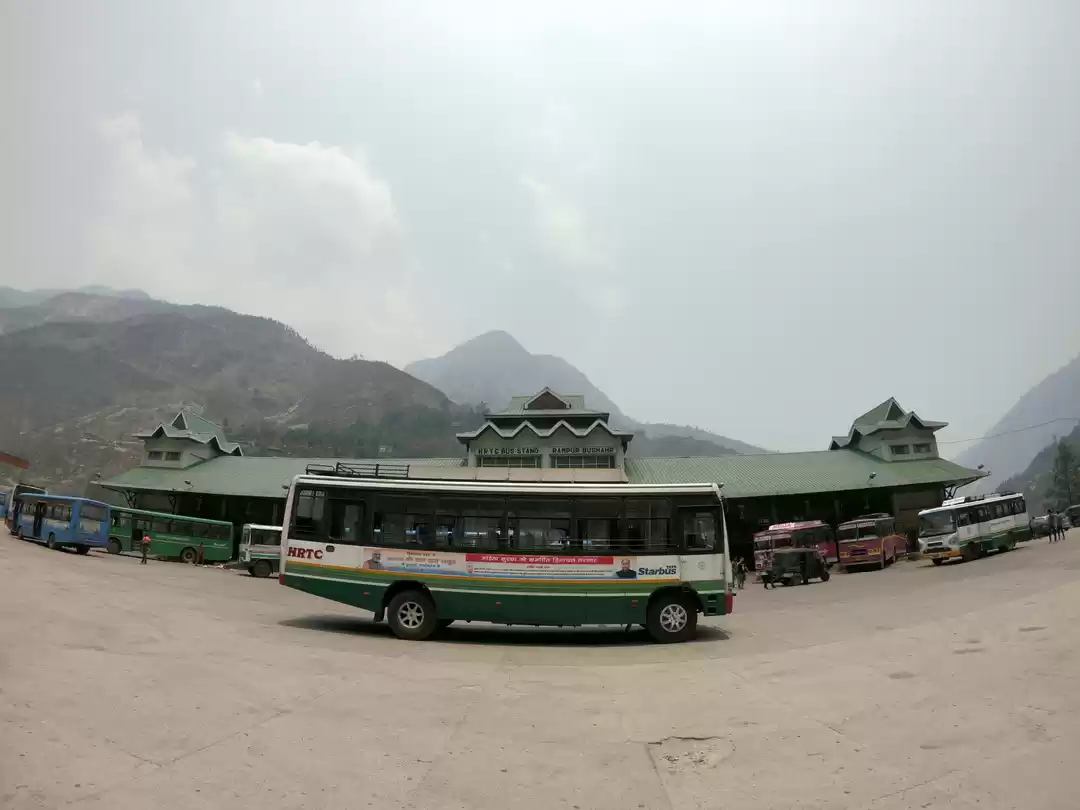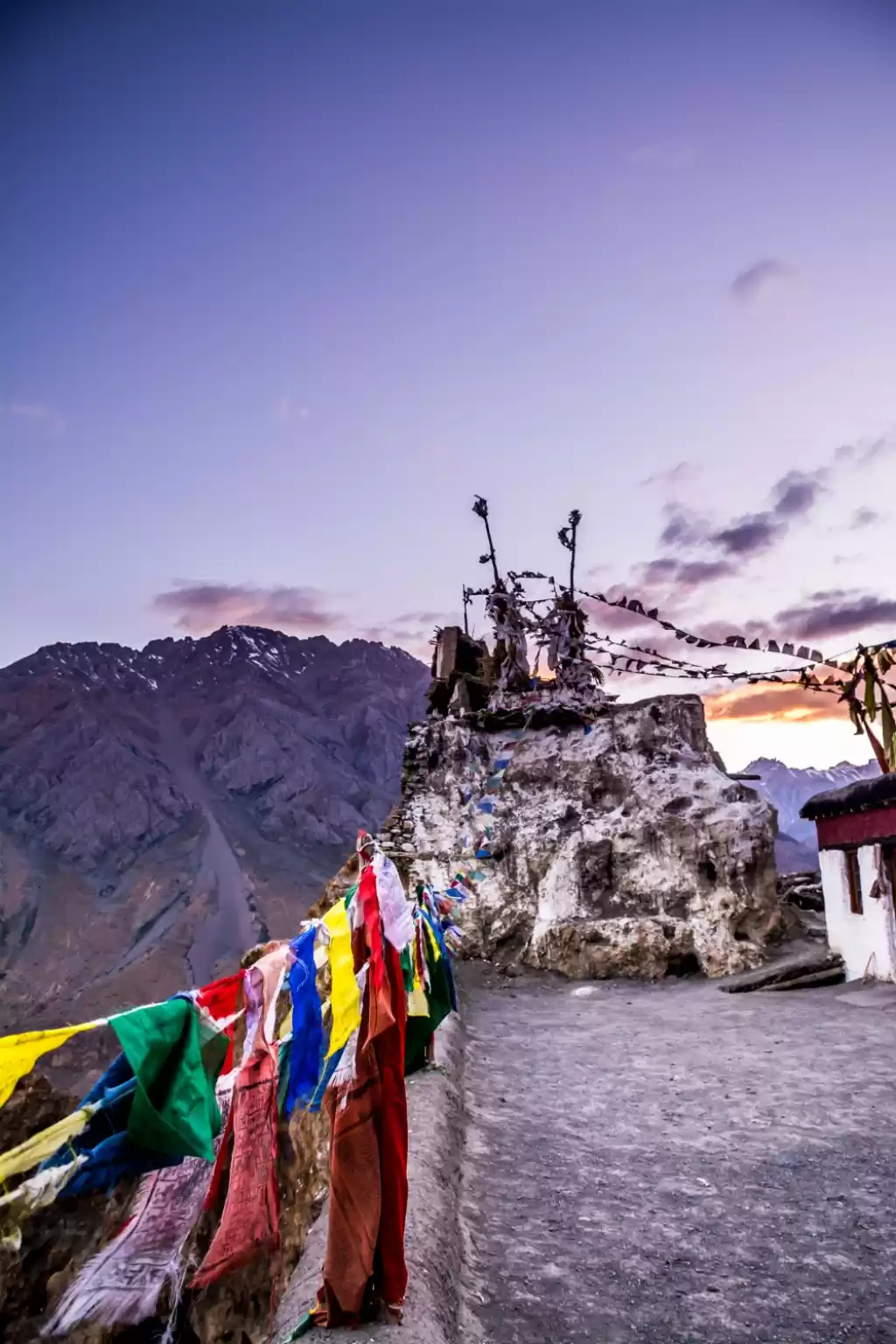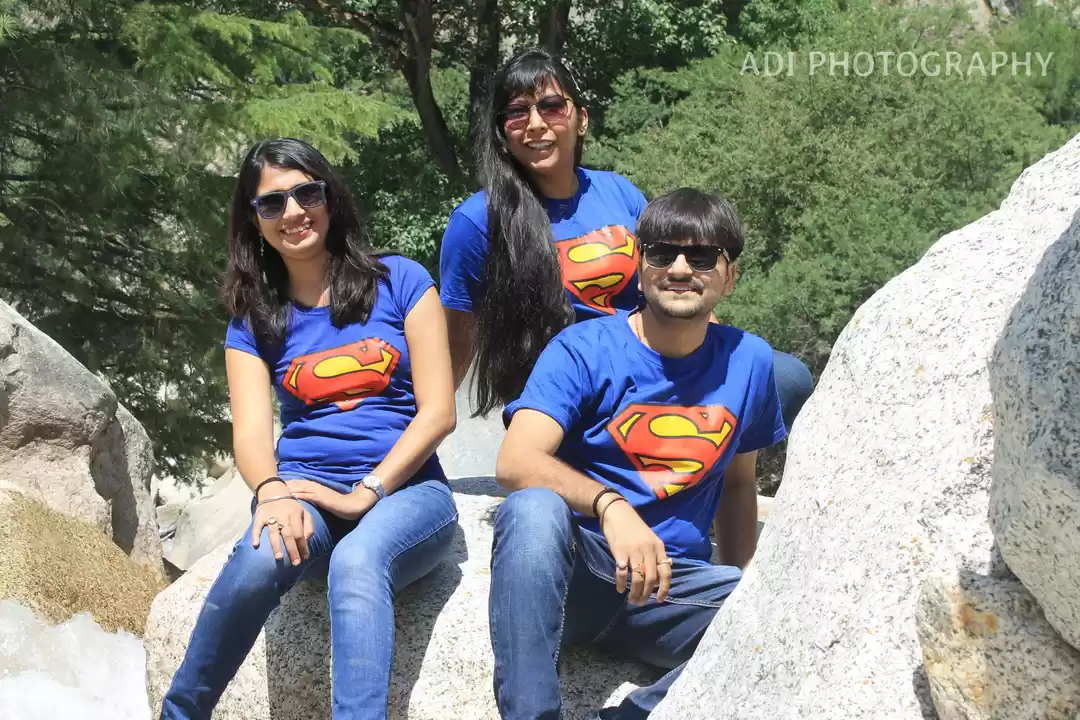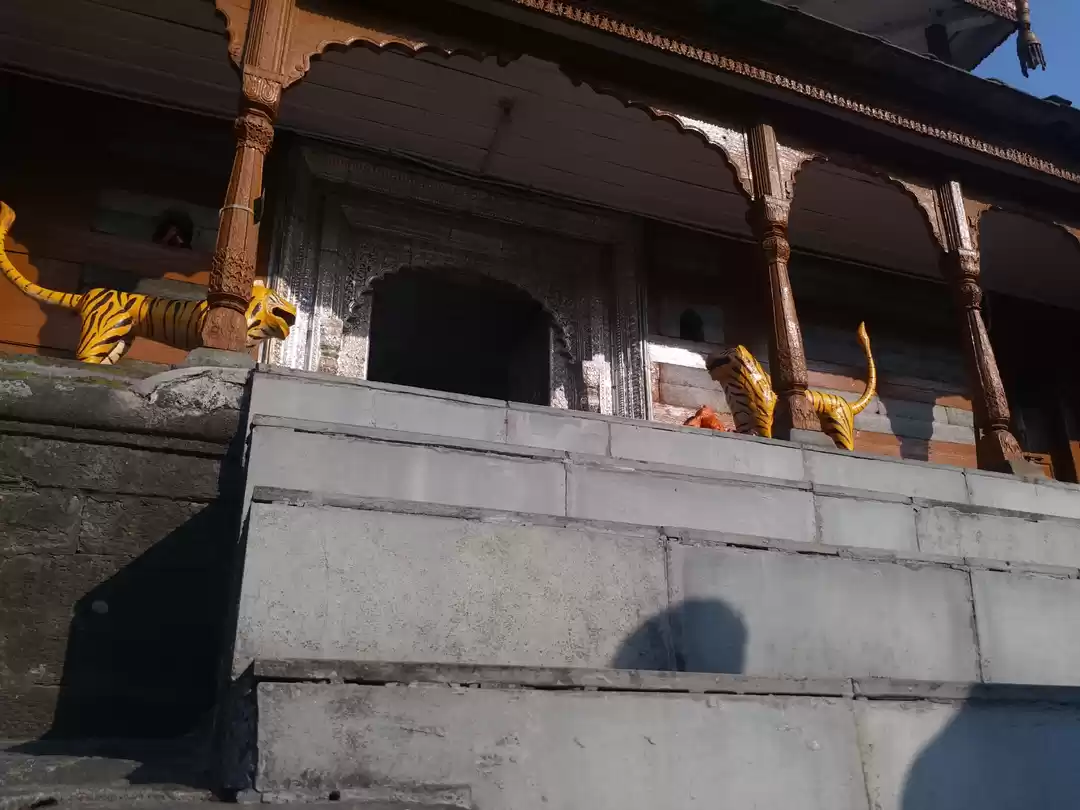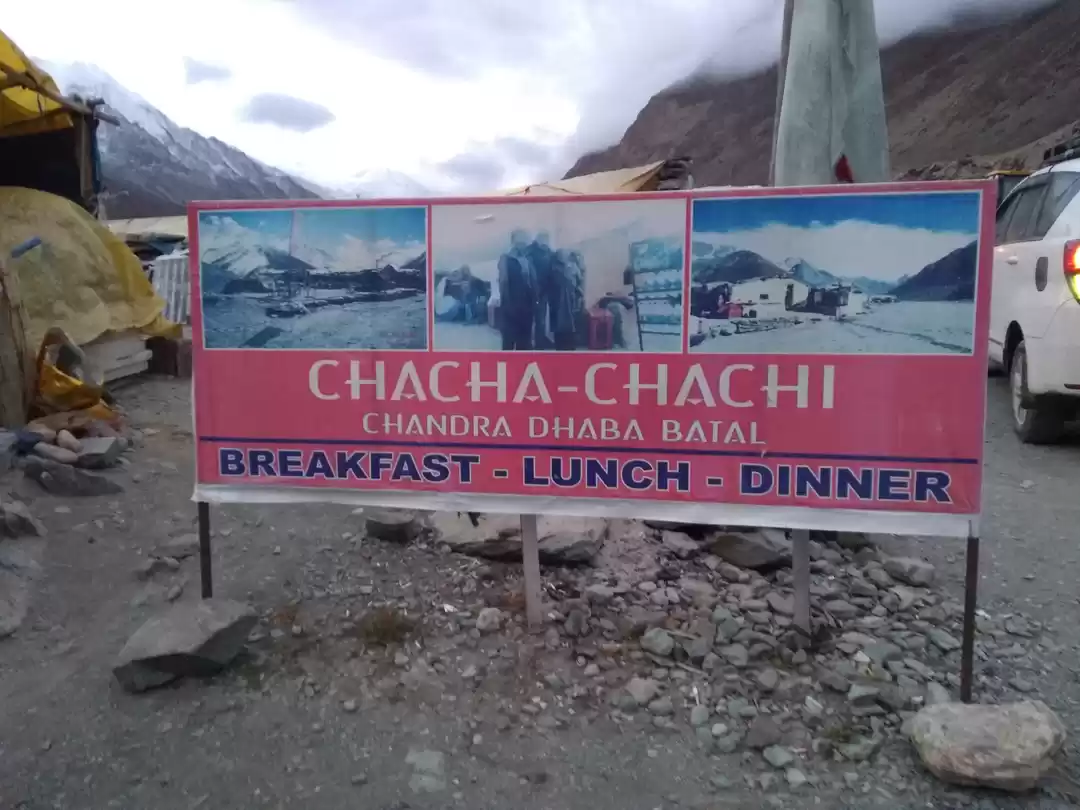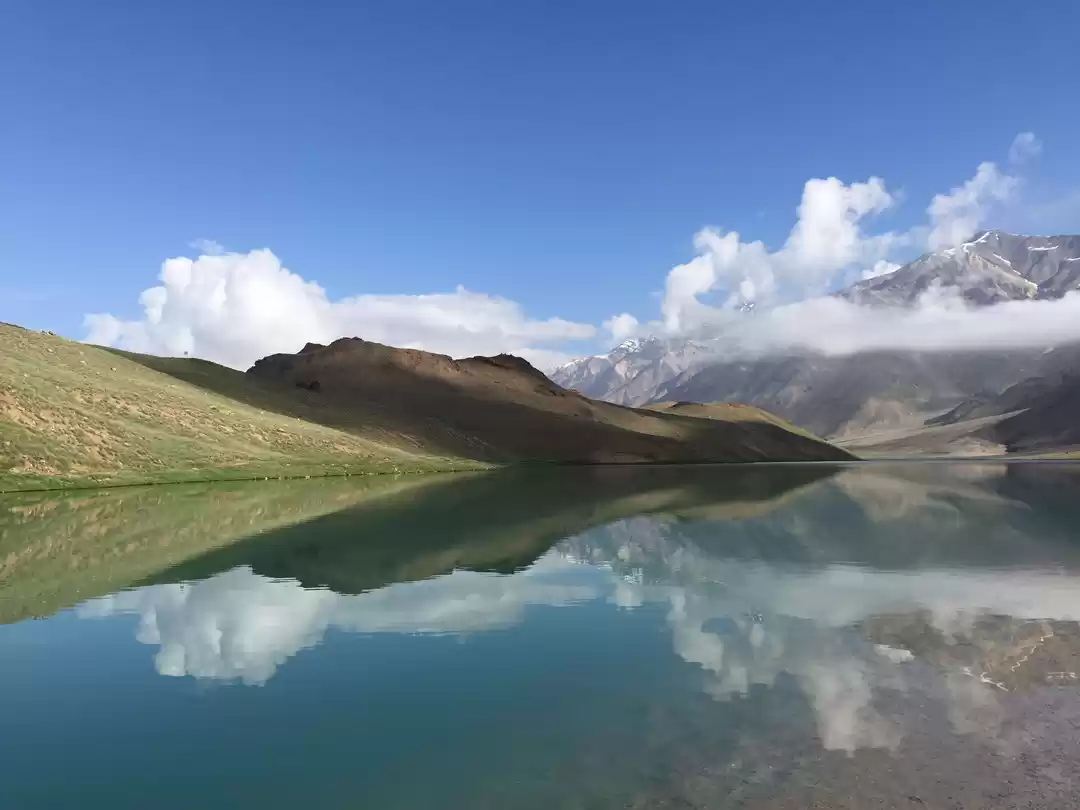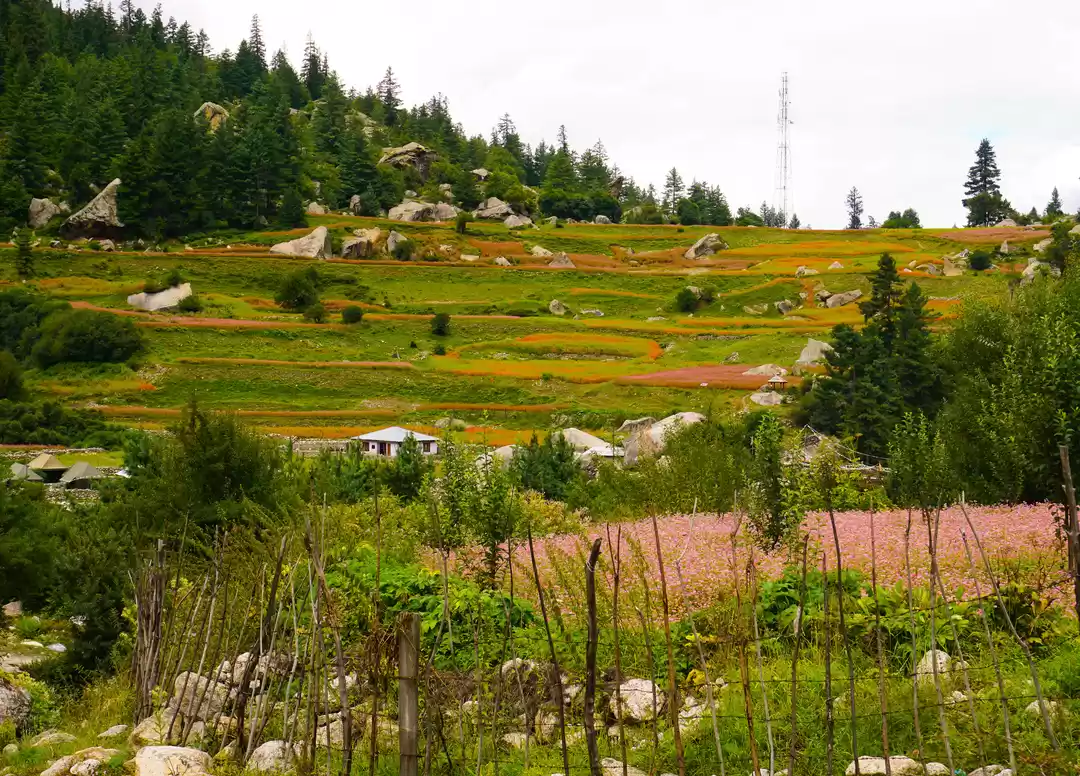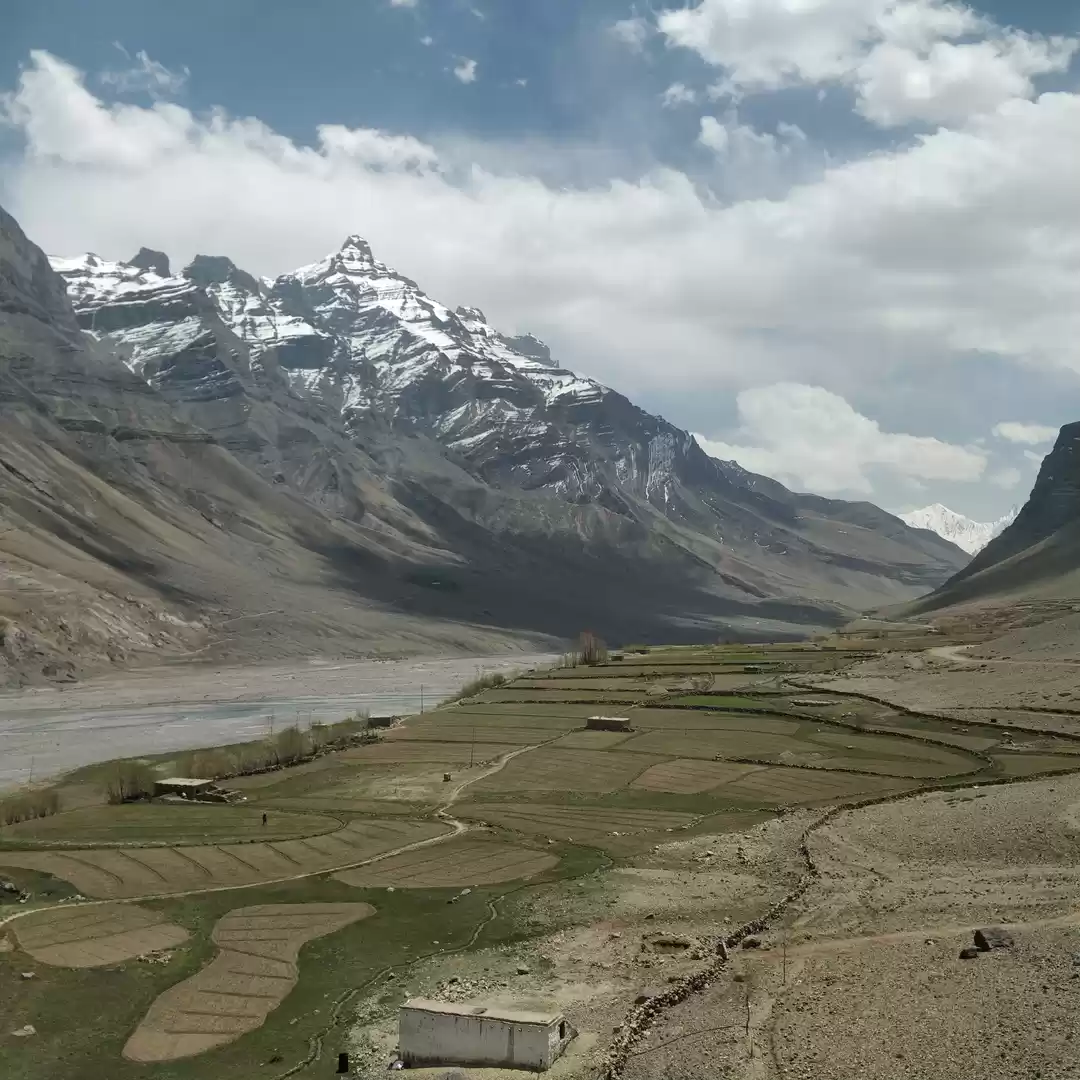
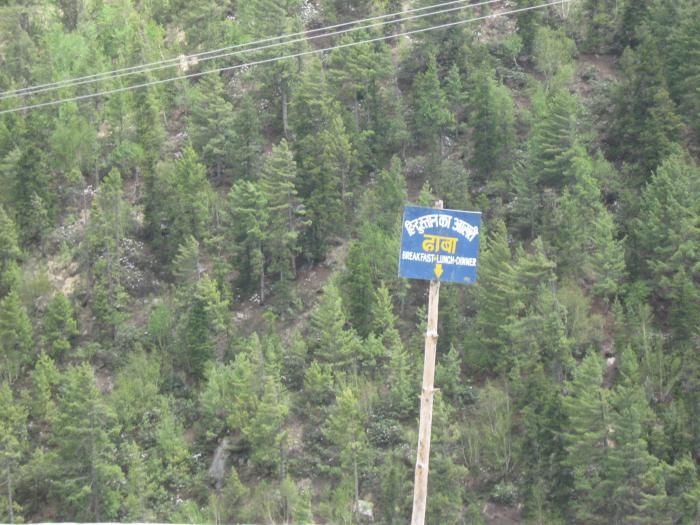






In recent years the quiet charm of Mcleodganj and the allure of meeting the Dalai Lama that had attracted Hollywood celebrities like Brad Pitt, Demi Moore etc. has lost its appeal for a lonely traveller like me because of the exponential increase in tourists, especially of revelers who visit this place on weekends. Like any other disillusioned frequent visitor to Mcleodganj I started enquiring around if anyone could suggest me a new destination in Himachal where I could unwind myself. Most of my friends laughed at my ignorance. They were absolutely amazed that in spite of visiting Himachal Pradesh four to five times, I have not witnessed the myriad hues that the abode of Gods has to offer. They planned my itinerary: a ten-day long trip to Kinnaur and Spiti Valley via Ramnagar. It has been one of the best trips of my little life and I must thank my friends who recommended and accompanied me on this route and of course the HPTDC buses that made my journey safe and hassle free.
We left Delhi at 10pm and I reached Karcham by 2 p.m. the next day. from Karcham we hired a cab to reach Sangla. Thankfully we got our accommodation in the government guesthouse. I was particularly pleased that we did not spend a lot for our stay and I wearily entered my room. As soon as I entered the small sitting room attached to my bedroom I saw the most beautiful scenes I could ever lay my eyes on. The snow capped mountain peaks and the beauty of the Sangla/ Baspa valley overpowered my exhaustion. My friends too underwent similar metamorphosis. We all sat and sang songs all evening. The manager was kind enough to arrange for a small bonfire outside the sitting room where we had our small party. We went on leisurely walks on the next day of our stay in Sangla and we decided to leave for Chitkul the following day. The air and the allure of the mountains refreshed our senses and we all were ready to leave for Chitkul around 6am the third day morning. Chitkul is the last village on the Indo-Tibetan trade route. One can not only see the Indian border but can also appreciate the bounties of nature by sunbathing on the riverbank for long hours.
On my journey from Sangla to Kaza at times I could not believe my eyes; the transformation of the landscape was magical. The Baspa Valley offered a microscopic view of the variety (in terms of the landscape, flora and fauna from Sangla to Chitkul) that Himachal has to offer. We did not intend to stay in Chitkul, instead we decided to stop by at Rekong Peo and trek to Rogi from Kalpa. We left for Rekong Peo in the afternoon and reached there by evening. Luckily, the first day we could get a room in the government guesthouse but we had to move into a hotel in the heart of Rekong Peo the next day. We left our luggage in the hotel and we took a bus to Kalpa. The trek to Rogi and the much talked about suicide point was fantastic. The lush green of Kinnaur valley seemed to fade out as we ventured towards Rogi. We went to end of the village and gazed greedily at the part barren, part green mountains as if we wanted to hurriedly consume or etch this spectacular scenery forever in our memories. On our trip back to Rekong Peo the boys decided to buy local booze and savor it in the hotel room while the girls decided to explore the local market. The market was not very big but it offered a variety of woolen wear at reasonable prices. Items made of Yak wool, socks, gloves, traditional jackets and shawls demonstrated the craftsmanship of the local artisans.
We started our journey to Kaza on the sixth day morning at 9am. We decided to stop by at Nako only for a few hours and to skip the much-touted monastery located at Tabo. It look us a long day of meandering around the barren mountains of Spiti valley to reach Kaza. The hues of the mountains changed completely. Kaza was picturesque, the stillness it exuded was similar to that of a perfect painting crafted by a master craftsman. We heard stories of various Bollywood movies being shot in this region as we ventured into this offbeat destination. Our hotel in Kaza was situated near the riverbank and as the darkness of the night engulfed the sparsely populated town the ink blue of the night-skies allowed the stars to sparkle with much more luminosity. The night sky appeared as if it was a painted by Van Gogh, where hundreds of stars twinkled joyfully in the night sky. Our second day in Kaza was spent in exploring the nearby Ki Monastery (13668 ft) and the town of Kibber (14.240 ft) that has only 80 houses and is highest motorable village in Asia. There is also a wildlife sanctuary in Kibber.
Our initial plan to take a round about route of return via the Rohtang and Kunzum pass, Kullu and Manali had to be cancelled because the pass was not open instead we took a long journey back to Delhi via Shimla in 36 hours.
Sangla/Baspa Valley is a must visit for everyone who wants to explore the hidden marvels of Kinnaur valley. Surrounded by the snow capped Himalayas, Sangla Valley not only offers delightful scenery, apple orchards, cherry trees and trouts of the Baspa river but also its location adds extra charm to this seemingly calm place. One can easily access other parts of Kinnaur valley from here.
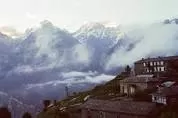
Chitkul is the last village on the Indo-Tibetan trade route, one can get a clear look at the peaks of the Kinner - Kailash range. This scenic village that hosts a very small population also acts as a border between India and Tibet. One can see the clear water of the Baspa river and enjoy the benefits of sunbathing on its banks.
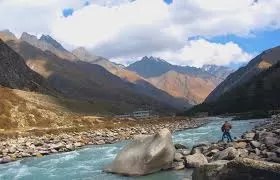
Rekong Peo is a completely different experience from Sangla and Chitkul. It is a busy, small town that is good for shopping and one can easily access Kalpa, Rogi, Tabo and Kaza from here.
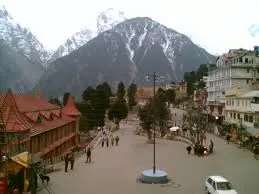
One can trek from Kalpa to Rogi. I could not stay in Kalpa but I would recommend others to rather stay in Kalpa than stopping by at Rekong Peo and explore the Hindu and Buddhist temples in this area.

A trek to Rogi is a must for everyone who wants to see the amazing amalgamation of greenery and the barren mountains. It helps one to understand what they can expect once they venture into the Spiti valley.
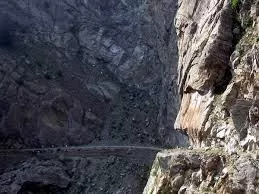
We stopped by at Nako on our way to Kaza for an hour or so but I guess it would have been an ethereal experience to stay there for a day or two. Nako is definitely a virgin territory and one can enjoy solitary walks around the lake and to the helipad. One can also visit Tabo and the monastery located there from Nako (We skipped Tabo because we were running short of time).
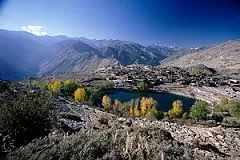
I would define it as one of the most picturesque destinations in Spiti valley. I heard from the locals that many Bollywood movies have been shot here. One can watch the Paap (a Bollywood movie) if they want to get a glimpse of what to expect when they reach Kaza.
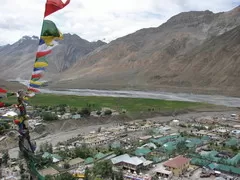
Visiting Kibber, supposedly one of the highest inhabited village in the world was an ethereal experience. Being engulfed by snow capped mountains and clouds compensated the 36 hour journey to Delhi. One can also visit the wildlife sanctuary here.
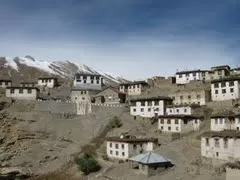
Frequent Searches Leading To This Page:-
himachal tour packages online, himachal tour packages itinerary, himachal tour package from jammu, himachal tour packages from pathankot




